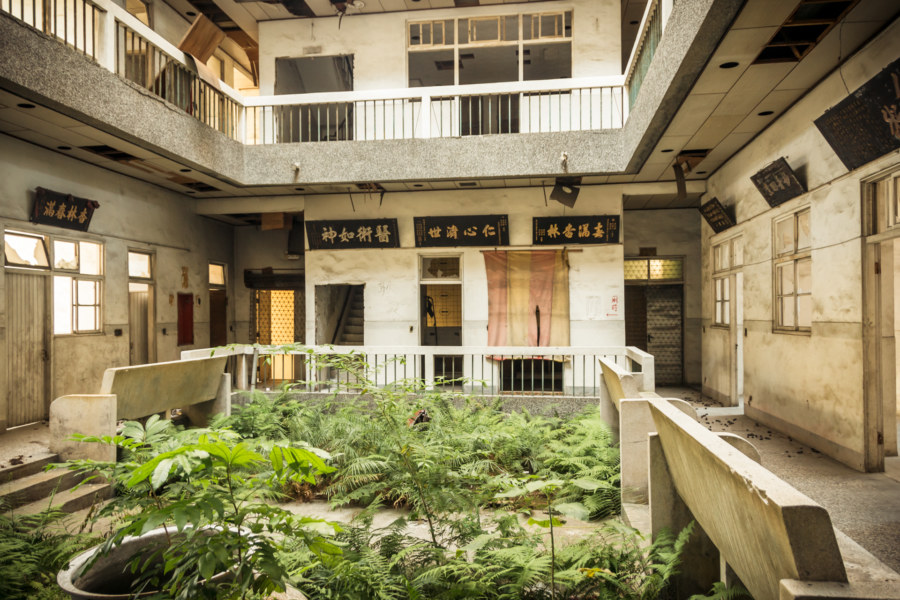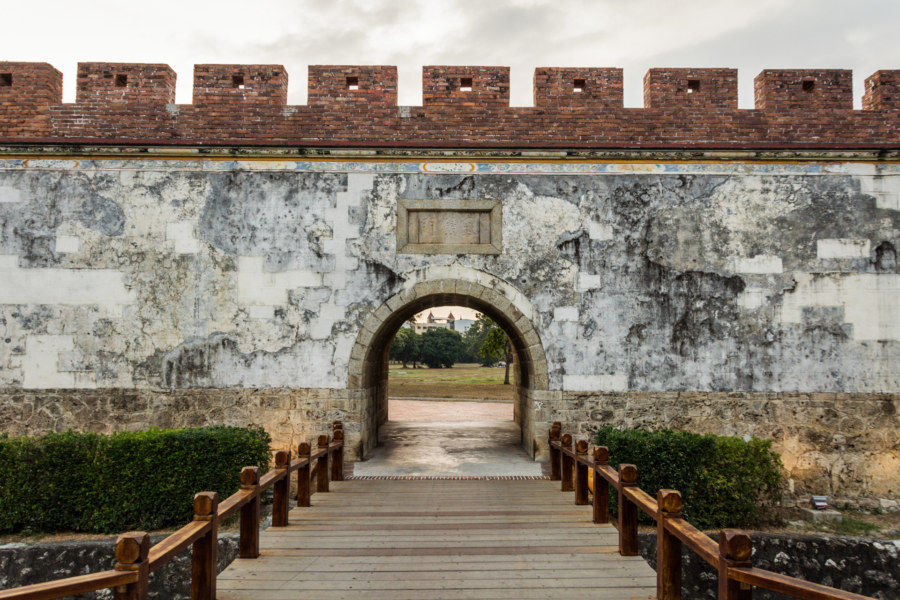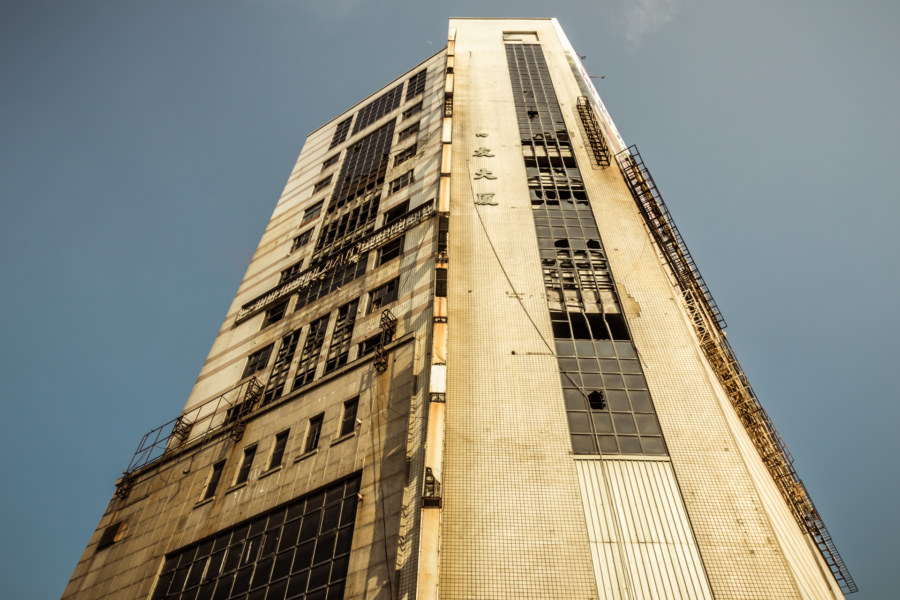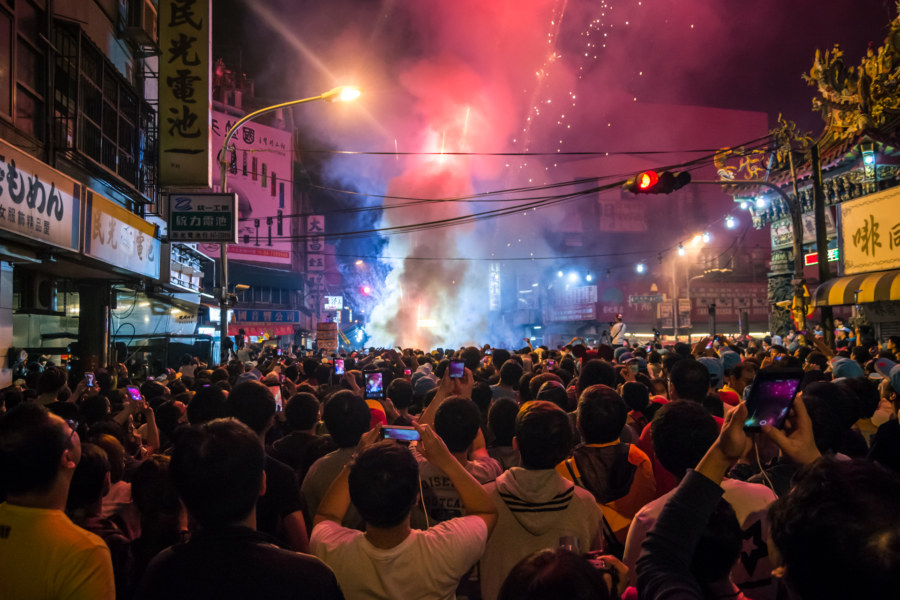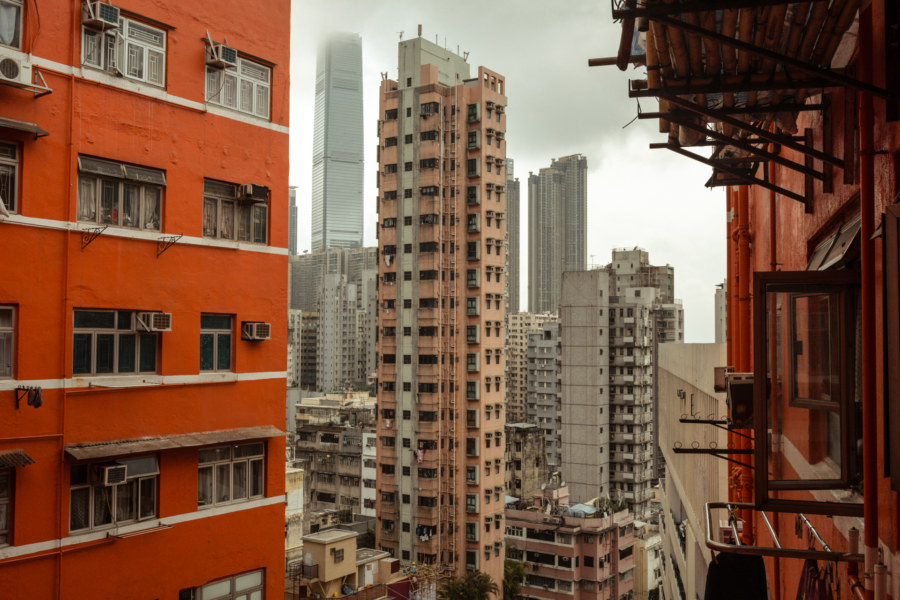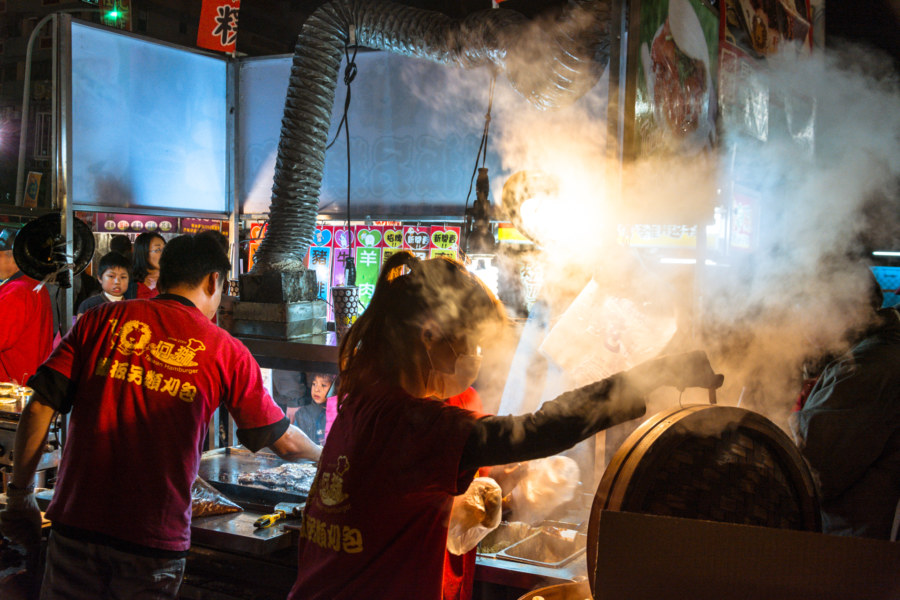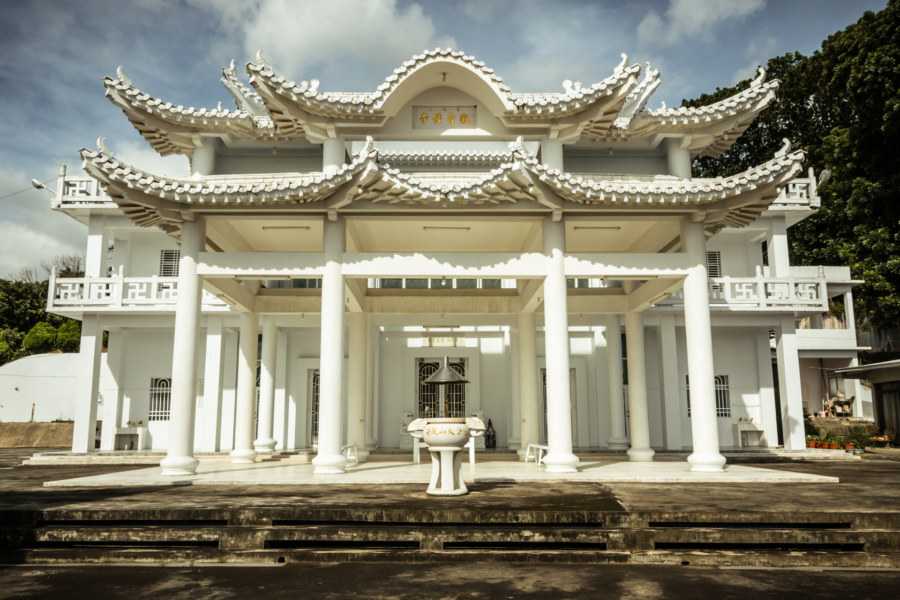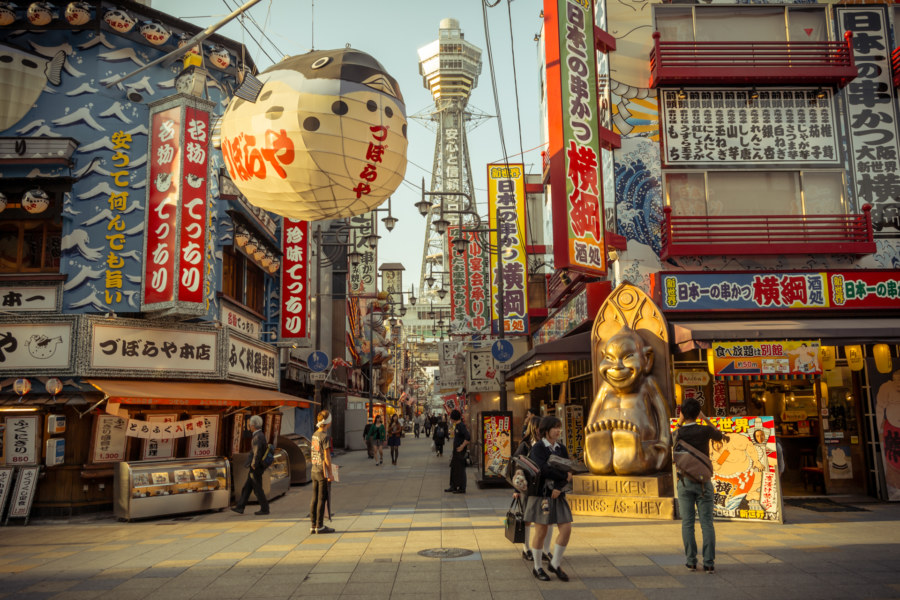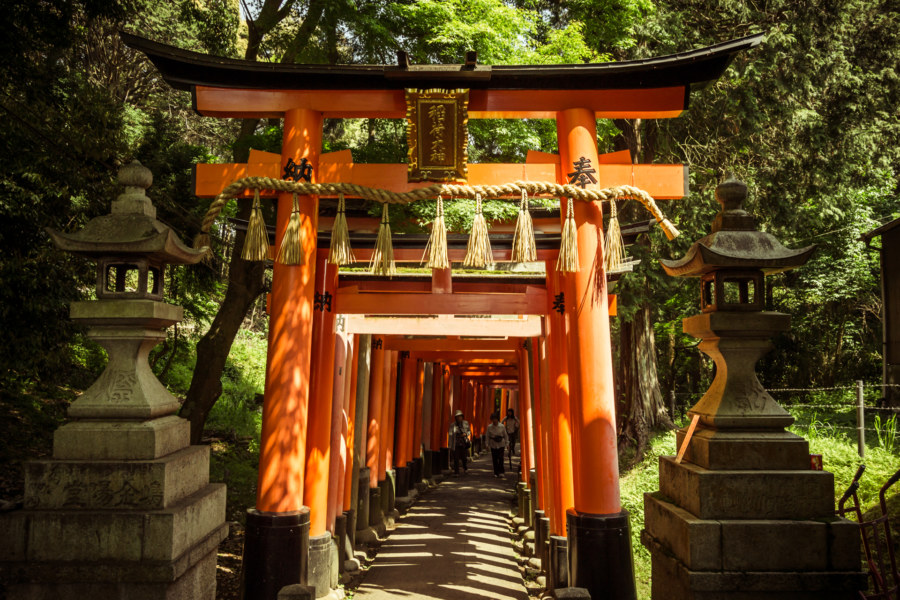Xìnglín General Hospital 杏林綜合醫院 is perhaps the most famous ruin in downtown Tainan, Taiwan. It opened for business in 1975 as the largest hospital in the city and catered to the burgeoning middle class during the boom times of the Taiwan Economic Miracle. In 1993 the hospital shut down after being plagued by a number of scandals involving fraudulent records, medical malpractice, and allegations of wrongful death. Ongoing legal battles and fragmented ownership have left the building abandoned and neglected since then.
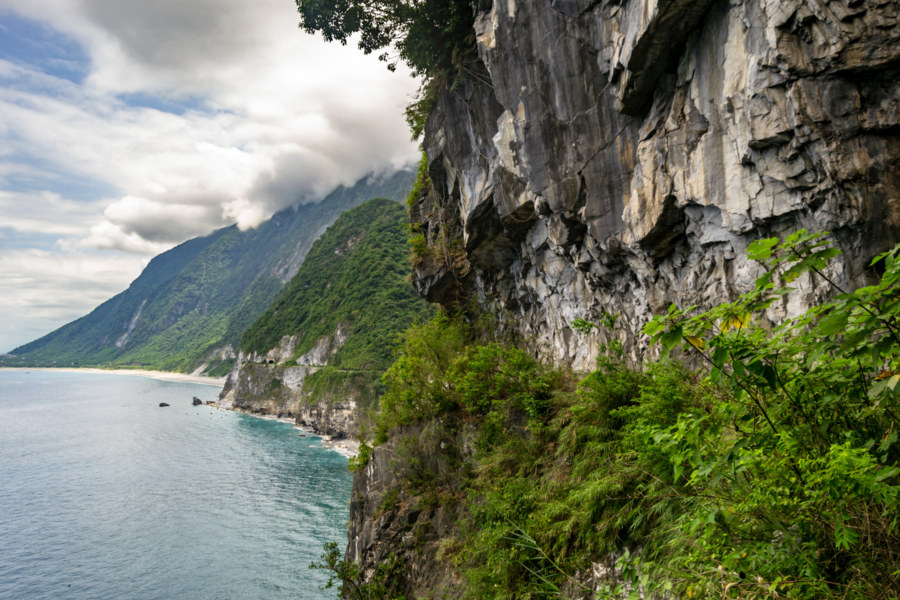
The Old Walled City of Zuoying 鳳山縣舊城
A month ago I embarked upon a day trip to Zuoying to check out the famous temples and pagodas of Lotus Pond 蓮池潭, one of the main tourist attractions of greater Kaohsiung. Afterwards I wandered over to have a look at the old city of Zuoying 左營舊城, originally built in 1722 by the ruling Qing Dynasty in response to the many uprisings that regularly plagued Taiwan Prefecture 臺灣府.
Qiaoyou Building 喬友大廈
I have been living next to the magnificent ruins of the Qiáoyǒu Building 喬友大廈 in Changhua City for the last several months. Not a day goes by where I’m not walking or riding by this hulking derelict, looking up and wondering about what I might find inside. I had some general idea, of course, as I already recognized the building for what it was: one of many shopping and entertainment complexes built in central Taiwan during the economic boom of the late 1970s and early 1980s. Most of these former showpiece properties have been abandoned in the decades since, usually due to some combination of mismanagement, declining fortunes, and fire damage.
Mazu Mania in Changhua City 媽祖繞境
My last night in Changhua City was surprisingly eventful thanks to a fortunate accident of timing. Earlier in the day I had noticed an unusual uptick in the amount of activity on the streets while cycling around. Banquet tents had been setup on major thoroughfares, police were standing at major intersections, scooters flying yellow banners were buzzing around like angry hornets, and the air was filled with a palpable sense of expectation and excitement. After an early supper next to a coffee shop I often work at I approached to one of the staff (who speaks passable English) and asked, “What’s going on?” Their answer, “It’s the…” Trailing off, hands aflutter, obviously searching for the right word—and then: “Mazu!”
Postcards From Kowloon 九龍明信片
Kowloon was my first experience of Asia back in 2012. Anytime I return to Hong Kong I stay there for at least a couple of nights. It helps that many of the most affordable hotels are located in Kowloon—but I also like how gritty, rundown, and real it is, particularly when compared to the naked display of wealth and privilege seen on the other side of Victoria Harbour on Hong Kong Island itself.
Last weekend I crossed the strait for a brief visa run and, after finding an excellent deal on a hotel on Agoda, once again found myself lost in the immensity of Kowloon. Naturally I spent a good part of my trip wandering around the city documenting my impressions. Collected here are several of my photos from this trip…
Douliu Night Market 斗六夜市
A couple of months ago I randomly took the train to Douliu, the capital of Yunlin, the most rural county on the western plains of Taiwan. Douliu is regularly the subject of jokes so I was pleasantly surprised by what I found there: an old street lined with Japanese colonial buildings, the quirky “Hungry Ghost” covered market, and an abandoned entertainment complex to explore. Even more surprising was the size of the Saturday night Renwen Park Night Market 人文公園夜市 located southwest of the downtown core. I have become something of a night market connoisseur since living in central and southern Taiwan and wouldn’t hesitate to declare this night market one of the biggest and best on the island.
Putuoshan White Temple 普陀山白衣道場
Pǔtuóshān White Temple (普陀山白衣道場) is one of the more unusual temples I have visited in Taiwan. Named after Putuoshan, one of the holy mountains of Chinese Buddhism, and dedicated to the worship of Guanyin (觀音), goddess of mercy, it appears to have been built in 2004. Apart from these basic details it seems like very little is known about this mysterious temple.
Anping Tree House 安平樹屋
Anping Tree House (安平樹屋) is one of the main attractions in Anping, the old colonial quarter of Tainan, and yet another example of disaster tourism in Taiwan. I only got around to going over the lunar new year break despite having lived in Tainan for several months last year. I suppose the fact that it is an actual tourist attraction kept me from checking it out before, but I’m glad I went. Since a few of the photos turned out well enough to share I figure I may as well add it to my growing catalog of abandoned places around Taiwan.
Nishinari and The Way Things Ought To Be
Nishinari is widely reputed to be the most run-down, crime-ridden, and dangerous part of Osaka—and about as close to a slum as you are likely to find anywhere in Japan. This may explain the preponderance of cheap backpacker accommodation in Shinimamiya, the area just south of Shinsekai 新世界 (literally “New World”), where I stayed for a single night last May before returning to Taiwan. Although I only had a few hours to work with I couldn’t resist wandering around Nishinari to see just how bad it was. I figured it couldn’t be any worse than the Downtown Eastside, the festering carbuncle of Vancouver, which I had wandered through on many occasions.
Fushimi Inari Taisha 伏見稲荷大社
Last spring I visited the Kansai Region of Japan for a whirlwind five day tour of Wakayama, Kyoto, Nara, and Osaka. Along the way I stopped at Fushimi Inari Taisha 伏見稲荷大社, one of the most popular and photogenic attractions in Kyoto. I seldom engage in conventional tourism but couldn’t resist the sight of thousands of torii leading up the mountainside. Here are a few photos from my time there.
